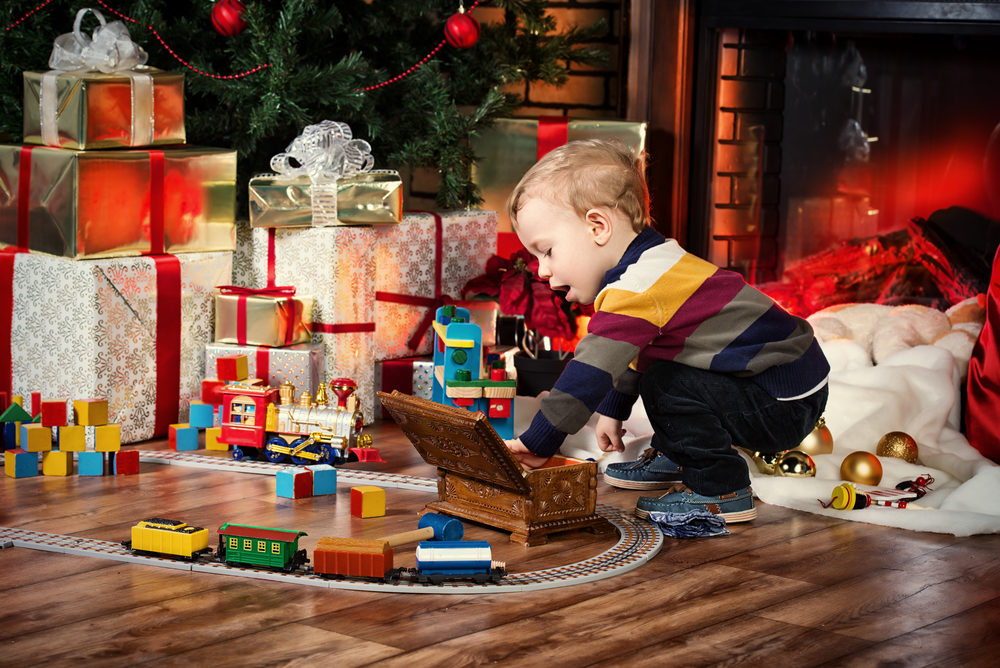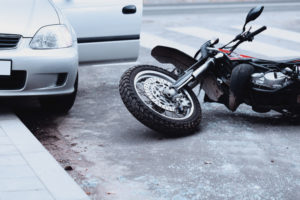
When you purchase products for your children, you expect that they will be safe. This isn’t always the case, though. According to the Consumer Product Safety Commission (CPSC), an estimated 224,200 toy-related injuries were treated in U.S. hospital emergency departments in 2019, and of these, an estimated 73 percent happened to children 14 years of age or younger.
There were also an estimated 60,600 emergency department-treated injuries associated with nursery products among children younger than 5 years in 2019. High chairs, cribs/mattresses, infant carriers, and strollers/carriages were associated with 64 percent of the total estimated injuries. Falls were the leading cause of injury.
To help make sure that the products you purchase will be safe for your child, follow these tips.
1. Check the CPSC website for recalls.
At any time, you can check the CPSC recall site for news about any products that have been recalled. At the time of this writing, for example, the site reported that about 900 Karmas Far Infant Bath Seats have been recalled due to drowning hazards.
This site also allows you to search for a particular product to see if it has been recalled. You simply input the name of the product into the search bar. If you discover the product you’re about to buy has been recalled, this one small step may save you from a dangerous outcome.
2. Read the reviews.
Check the product online and read the reviews before you buy. You may benefit from other parents’ experience with the product, particularly if they warn of potential dangers associated with it.
3. Check the product warnings.
Most products made for children come with certain safety warnings on the product itself, on the packaging, or with the instructions included with the product. Read these over carefully to be sure you use the product safely.
4. Assemble the product carefully.
If the product requires assembly before use, follow the instructions carefully. Make sure that all screws are tight, as children can quickly loosen them if not, creating a choking hazard. Also, make sure that all surfaces are safe for the age of your child. Sharp surfaces, for example, can end up causing injuries to very young children.
5. Make sure the product is age-appropriate.
Almost all toys and children’s products have an age-range sticker included on them. Some toys, because of small or moving parts, aren’t appropriate for younger ages. Check these over carefully before purchasing a product.
6. Beware of dangerous chemicals.
Some products for children are made with potentially toxic materials. Look for the word “non-toxic” on anything you buy, particularly for items like plastics, stuffed animals, kids’ makeup, play dough, slime, jewelry, and other similar items. Some manufacturers may use toxic metals, like cadmium, as a substitute for precious metals in children’s jewelry, for example.
7. Check to see where the product comes from.
Products imported from other countries may not be subject to the same strict safety standards as those produced in the United States. Do a little digging to find out where the product came from and who made it before you buy it.

Exclusively focused on representing plaintiffs—especially in mass tort litigation—Roopal Luhana prides herself on providing unsurpassed professional legal services in pursuit of the specific goals of her clients and their families. While she handles complex cases nationwide on behalf of consumers, Ms. Luhana resides with her family in Brooklyn, New York.










Comments for this article are closed.